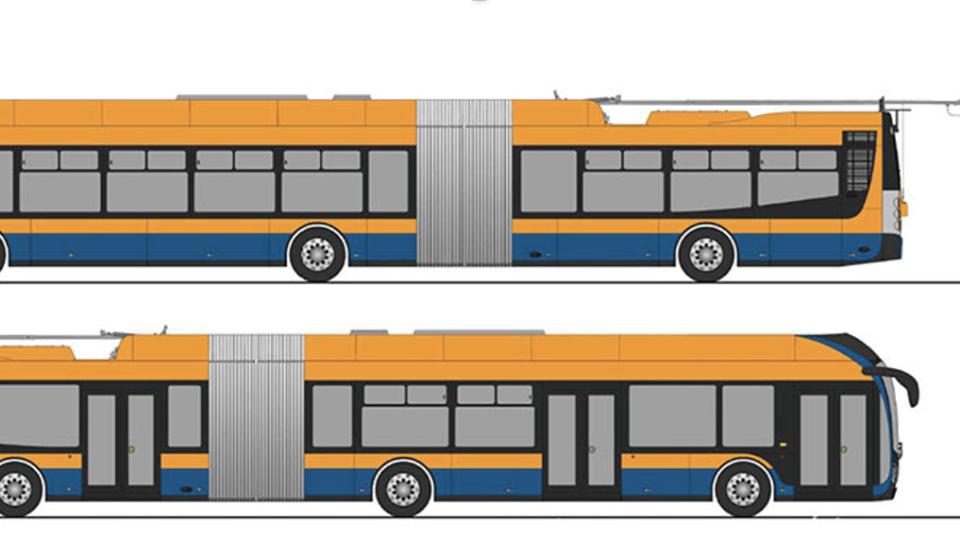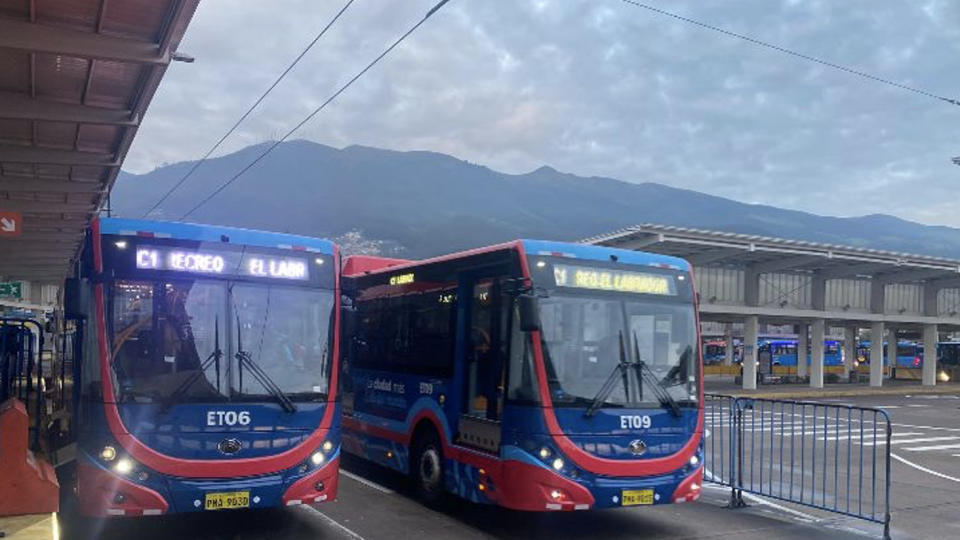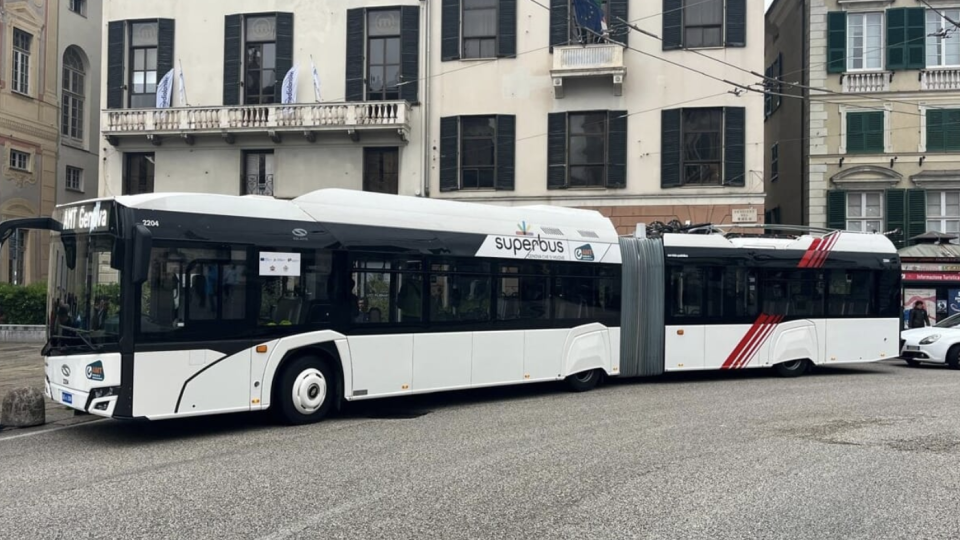The Milan-Limbiate tramway: an opportunity not to be missed
30 September 2022 saw the closure of the historic Milan-Limbiate line, the last interurban tramway line, witness to a vast network that had been in operation since the end of the 19th century and unfortunately now suppressed.Opened in 1882 from Milan to Affori in horse-drawn traction, the line was then taken over by Edison in […]
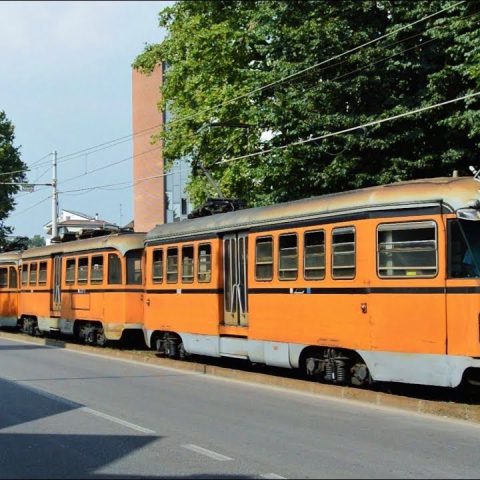
30 September 2022 saw the closure of the historic Milan-Limbiate line, the last interurban tramway line, witness to a vast network that had been in operation since the end of the 19th century and unfortunately now suppressed.
Opened in 1882 from Milan to Affori in horse-drawn traction, the line was then taken over by Edison in 1900, which proceeded with its immediate electrification. In 1912 the line was extended to Varedo, still today the site of the depot and a substation, passing through Cormano, Paderno Dugnano, Senago in 1920 it arrived in Limbiate, near the Mombello psychiatric hospital. In the meantime, in 1919, management of the line had passed to STEL (Societa’ Trazione Elettrica Lombarda), only to be taken over after 20 years, on 30 June 1939, by ATM. The terminus in Milan was moved in 1932 from Porta Volta to Piazzale Marengo, near today the site of the Strehler theatre.
The 1950s saw a double move of the terminus, in 1952 from Piazzale Marengo back to Porta Volta and in 1958 to Via Valtellina, a large terminus shared with the lines to Carate and Milanino, equipped with three tracks. The Porta Volta terminus was soon used by buses of the B and C lines. The ring at Piazzale Marengo was used by the Milan – Bruzzano line, which was reached by a short branch line, built in 1932, that detached at Affori, ran along Via Vincenzo da Seregno and stopped at what is now Piazza Fortunato. The line was classified as suburban, and was identified by Roman numerals (first the XVIII then the IV) In 1961 the line was included in the grid of urban lines and was renumbered 9, and was unfortunately suppressed in 1966, along with the Milano Monza and Milano Corsico.
Also in 1952, the tramway underwent two major route changes, which boded well for the future. The first was the relocation of the route to the then new Viale Rubicone. The route was reduced by 400 metres and the 40 per cent ramp was eliminated, in addition to the construction of its own seat. In Limbiate, on the other hand, the route between the village and the hospital was changed, which was reached from the opposite side.
The single-track line benefited from a number of doubles, located in Cormano (Molinazzo locality), Cassina Amata and Varedo. The terminuses also had doubles. The track gauge was 1,445 mm, the same as the Milan urban tram network, as was the line voltage, 600 V direct current.
The rolling stock consisted mostly of the ‘Desio’ and ‘Reggio Emilia’ engines and their trailers.
Between 1978 and 1981, with the abolition of the Gorgonzola – Vaprio /Cassano and the Milan – Vimercate lines, on the Milano Limbiate were transferred blocked trains, 3 pieces with a traction unit in the middle, obtained from the transformation of ordinary material dating back to the 1940s and 1950s; the 1941 series 800 traction units (then the most powerful in Italy) and 1953 series 500 were used. The material was transformed between 1961 and 1964 by the ATM General Workshops, and five trainsets have served in practice to date.
The need to extend the construction sites for the third underground line in Piazzale Maciachini and Via Imbonati led to the closure of the section between Via Valtellina and Via Vincenzo da Seregno in 1999, effectively isolating the line from the rest of the network. In 2008, the terminus was moved back to Comasina, creating an excellent interchange with the underground, but eliminating the Viale Rubicone section, which could have been used for the extension to the new Niguarda hospital emergency room. The line, now classified as 179, was 11.6 km long.
Although the line performed a valuable task, it was unfortunately never the subject of radical intervention; in 2006 a tender for the necessary reconstruction into a LRT was postponed due to lack of funds; It was only in 2017, after several suspensions of operation, that some maintenance work was carried out, including the replacement of deteriorated sleepers, the securing of roadway crossings, the upgrading of some stops, and the replacement of some bell-shaped horns with traffic lights, interventions that made it possible to extend the service until 30 September 2022, the date of its abolition. The EUR 6 million needed to maintain the service, which still employed four convoys, even though there were constant delays, was not found.
Now we have to think about the future. For the complete redevelopment of the line, with transformation into a LRT, 153 million euros are needed, to which another 24 million euros will probably have to be added. The tender for the purchase of new rolling stock, tramway and two-way, has been called, and the contract will be awarded to the Swiss company Stadler in 2020 for an initial batch of 10 cars, plus 20 vehicles for the urban network. The new rolling stock will allow various performances, from increased capacity, speed, passenger safety, to simplified operation. The project to upgrade the line from Comasina to Varedo, for 7.7 km, was already presented in 2019.
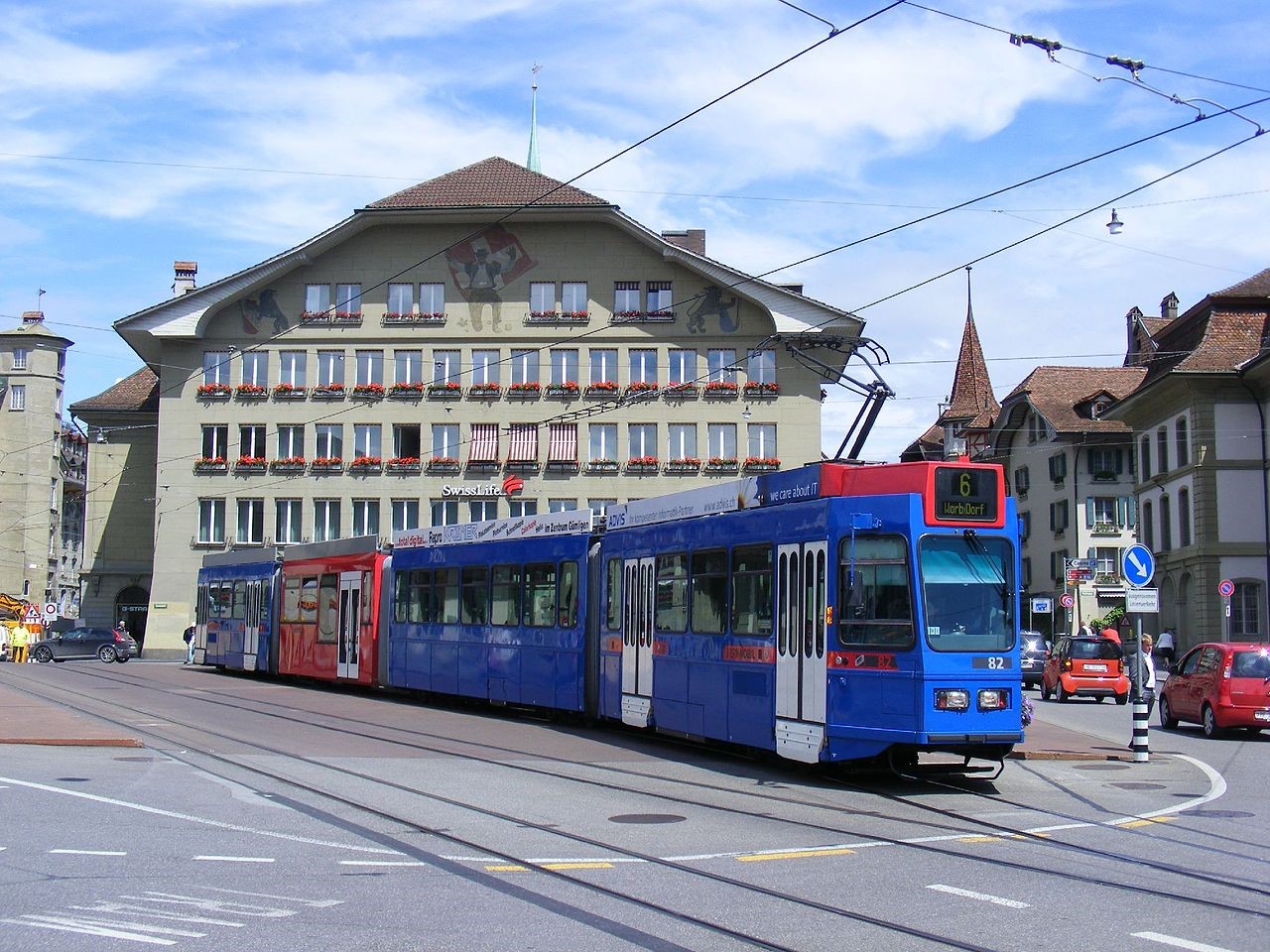
Fundamental is the redevelopment of the infrastructure, both the track bed and the stops, which must be with high platform so as to guarantee flush-mounted rolling stock; the new track bed will allow an increase in commercial speed, train frequency and line capacity. The Varedo depot can be equipped with all the necessary equipment, and there are several examples of small but completely autonomous facilities, such as the Agno depot of the Lugano Ponte Tresa railway, for example, a depot with only three tracks.
An important intervention will certainly be the securing of driveways and crossings, increasing reserved lane sections and adopting the traffic light system, with priority given to the tram system. Valuable references are the German Stadtbahn, and some Swiss applications, such as Basel Land Transport’s line 11 from Basel to Aesch, the new Waldenburger line from Liestal, near Basel, to Waldenburg, the Lugano Ponte Tresa line, which now uses tram-type equipment, Stadler’s Tramlinks, which will also be used on the future urban section of Lugano, and the lines that from the urban section continue into the suburban area, such as the Zurich Forch, the Neuchatel Boudry, and the Bern Worb. The latter is rated 6 by the operator Bernmobil. It derives from the merger of two partly overlapping lines, the old line 5, which ran from the Fishermatteli district to Ostring, and the suburban Bern Helvetiaplatz – Worb. The current line has a journey time of 40 minutes. Approximately half of the line is single-track, from Egghotizii to Worb, a section travelled in 18 minutes, also taking advantage of a long doubling at Gumligen. The frequency from 6 a.m. to 9 p.m. on weekdays is 10 minutes, 15 minutes in the evening and on public holidays. The presence of the single track does not cause any problems for operation, the doubling of the stops and the long doubling at Gumlihgen are used. The stops must be equipped with the necessary information.
In Italy, good examples are the Bergamo Albino tramway and the Cagliari – Repubblica – Policlinico ( Metrocagliari) , a 8 km single track line with 9 stops, reconstructed on the urban section of the narrow-gauge railway to Isili, and served by Skoda trams. A 4-km extension to Settimo San Pietro is used promiscuously by CAF vehicles, which complete the equipment, and the train, as a tram train.
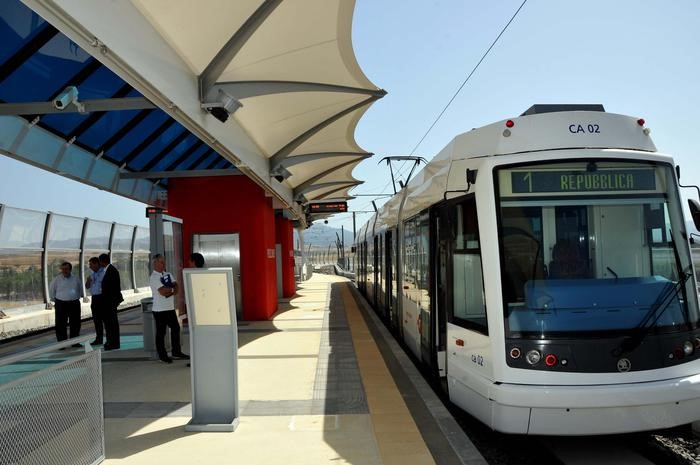
The 12.5-kilometre Bergamo Albino was inaugurated in 2009 by exploiting the Valle Seriana track, which was in operation between 1884 and 1967. The line, in this case double-track, operated by TEB (tranvie elettriche bergamasche), crosses the urban section of Bergamo as far as Alzano Lombardo and the extra-urban section as far as Albino, has 14 intermediate stops (7 of which are in the municipality of Bergamo) in addition to the two terminuses, serves a very dense built-up area, and the operating mode has allowed the insertion of new stops.All road and pedestrian crossings are served by the tram. The commercial speed is 24.95 km/h. Passages are every 15 minutes during soft hours and 5 minutes during peak periods. The grassed track covers about 70 % of the route, and the new stops, equipped with variable message signs, have been included in an urban redevelopment context. 14 vehicles were provided, bidirectional, Ansaldobreda’s Sirio model, with a capacity of 230 seats of which 62 are seated. The results were not long in coming, and already in 2010 the number of passengers transported reached an average of 8,300, with peaks of 12,400; the punctuality index of journeys reached 99%. There has been a significant decrease in the number of cars entering Bergamo on the route, and the T2 line from Bergamo to Villa d’Alme’ is now nearing completion, as well as the extension of the T1 line from Albino to Vertova. The nearby example clarifies the potential of the Milano Limbiate, and also of the Milano – Desio – Seregno, which, once rebuilt and returned to operation, could easily repeat the success of the Bergamo tramway.
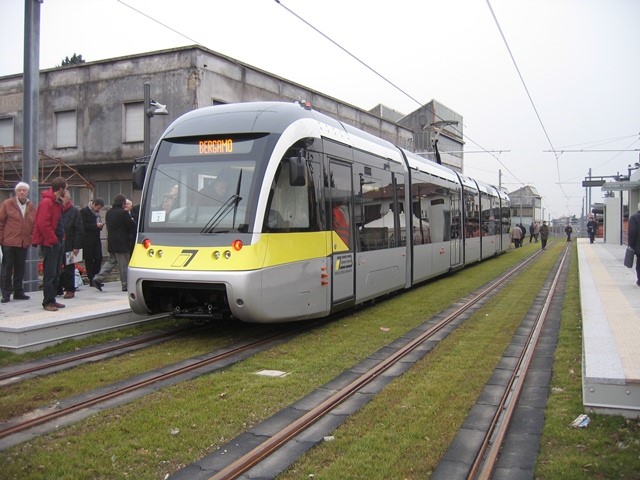
The Bergamo Albino tramway
(Stefano Alfano)




